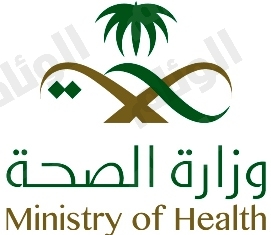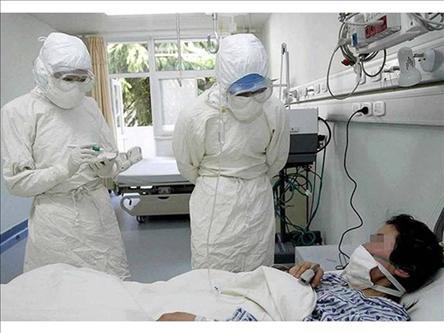Abu Dhabi, 5 hours, 5 minutes
ago
Lapses in hospital infection control measures exacerbated an outbreak
of a deadly new viral disease which has infected more than 60 people and
killed at least 10 in the UAE, health investigators said.
Reporting the findings of a five-day mission to the UAE, experts from
the World Health Organisation said, however, that they found no evidence
of sustained human-to-human transmission of new Middle East Respiratory
Syndrome coronavirus (Mers-CoV).
"The recent upsurge of cases in Abu Dhabi appears to have been caused
by a combination of factors, including a breach in infection prevention
and control measures in health care settings, active surveillance and
increase in community acquired cases," they said in a statement.
First reported in humans in 2012, Mers causes severe and often fatal
respiratory illness, with symptoms similar to those seen during the
outbreak of severe acute respiratory syndrome (Sars) in 2003.
Its around 40 per cent death rate and reports of clusters of
human-to-human transmission have raised concerns it may blow up into a
pandemic.
So far, it has infected more than 800 people around the world, killing
at least 310 of them. The vast majority of cases have been in Saudi
Arabia, but there have also been sporadic cases and clusters across the
Middle East and in Europe, Asia and the United States.
At the heart of the outbreak, Saudi Arabia has been criticised for its
handling of Mers, which public health experts say could have been under
control by now if officials and scientists there had collaborated more
on studies into how the virus operates and where it is coming from..
In response, the Saudi health ministry says it has put in place new
measures for better data gathering, reporting and transparency,
including standardisation of testing and improved guidelines for
labelling and storing samples.
Reporting on the UAE's handling of the problem, the WHO praised
authorities there, saying they had been "following up diligently" on
Mers cases, including conducting repeated tests to check when cases have
been cleared of the virus.
"This data will make an important contribution to the risk assessment
and to guide the health response internationally," said Peter Ben
Embarek, who led the WHO delegation.
A six-strong team from the WHO and the Global Outbreak Alert and
Response Network were invited by the UAE to investigate Mers after an
upsurge in cases there in April.
The team met experts from Health Authority Abu Dhabi, Dubai Health
Authority and the Abu Dhabi Food Control Authority, and visited the
hospital to which two-thirds of the country's cases had been be traced,
it said, without giving its name or location.
"We are impressed by the amount of data and information generated
during the investigation of Mers cases by UAE to help better understand
Mers- CoV," Ben Embarek said.
"This knowledge is of utmost importance to the rest of the world to
better discover the source of the virus and the routes of transmissions
from animals to humans."
The Geneva-based UN health agency urged UAE health authorities to
continue investigating Mers, including the source of infection, and to
share new information as it is available.
"There is an ongoing need to share experiences and knowledge from all
countries that have cases of Mers-CoV to better understand this emerging
disease, including the role of animals in the spread of the Mers-CoV,"
it said.-
Reuters
Abu Dhabi, 5 hours, 5 minutes
ago
Lapses in hospital infection control measures exacerbated an outbreak
of a deadly new viral disease which has infected more than 60 people and
killed at least 10 in the UAE, health investigators said.
Reporting the findings of a five-day mission to the UAE, experts from
the World Health Organisation said, however, that they found no evidence
of sustained human-to-human transmission of new Middle East Respiratory
Syndrome coronavirus (Mers-CoV).
"The recent upsurge of cases in Abu Dhabi appears to have been caused
by a combination of factors, including a breach in infection prevention
and control measures in health care settings, active surveillance and
increase in community acquired cases," they said in a statement.
First reported in humans in 2012, Mers causes severe and often fatal
respiratory illness, with symptoms similar to those seen during the
outbreak of severe acute respiratory syndrome (Sars) in 2003.
Its around 40 per cent death rate and reports of clusters of
human-to-human transmission have raised concerns it may blow up into a
pandemic.
So far, it has infected more than 800 people around the world, killing
at least 310 of them. The vast majority of cases have been in Saudi
Arabia, but there have also been sporadic cases and clusters across the
Middle East and in Europe, Asia and the United States.
At the heart of the outbreak, Saudi Arabia has been criticised for its
handling of Mers, which public health experts say could have been under
control by now if officials and scientists there had collaborated more
on studies into how the virus operates and where it is coming from..
In response, the Saudi health ministry says it has put in place new
measures for better data gathering, reporting and transparency,
including standardisation of testing and improved guidelines for
labelling and storing samples.
Reporting on the UAE's handling of the problem, the WHO praised
authorities there, saying they had been "following up diligently" on
Mers cases, including conducting repeated tests to check when cases have
been cleared of the virus.
"This data will make an important contribution to the risk assessment
and to guide the health response internationally," said Peter Ben
Embarek, who led the WHO delegation.
A six-strong team from the WHO and the Global Outbreak Alert and
Response Network were invited by the UAE to investigate Mers after an
upsurge in cases there in April.
The team met experts from Health Authority Abu Dhabi, Dubai Health
Authority and the Abu Dhabi Food Control Authority, and visited the
hospital to which two-thirds of the country's cases had been be traced,
it said, without giving its name or location.
"We are impressed by the amount of data and information generated
during the investigation of Mers cases by UAE to help better understand
Mers- CoV," Ben Embarek said.
"This knowledge is of utmost importance to the rest of the world to
better discover the source of the virus and the routes of transmissions
from animals to humans."
The Geneva-based UN health agency urged UAE health authorities to
continue investigating Mers, including the source of infection, and to
share new information as it is available.
"There is an ongoing need to share experiences and knowledge from all
countries that have cases of Mers-CoV to better understand this emerging
disease, including the role of animals in the spread of the Mers-CoV,"
it said.-
Reuters http://www.tradearabia.com/news/HEAL_259626.html

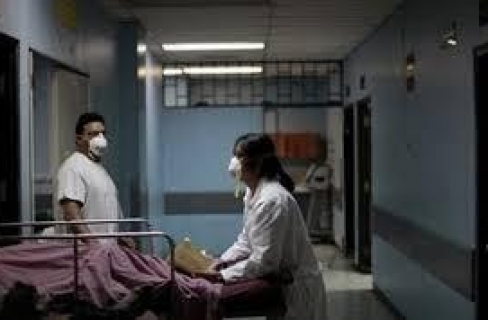
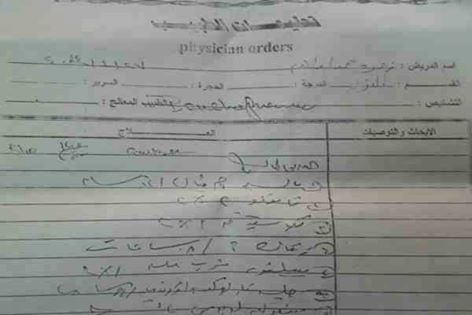


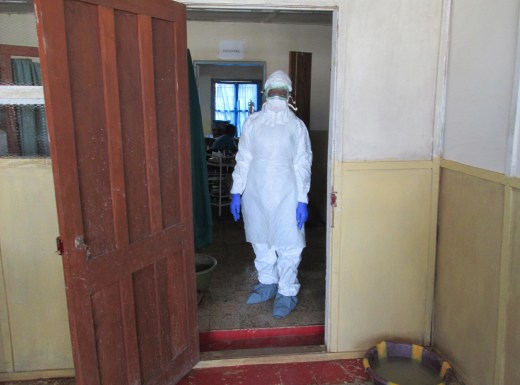 Robert Garry/Tulane University / Robert Garry/Tulane University
Robert Garry/Tulane University / Robert Garry/Tulane University
 Robert Garry/Tulane University / Courtesy of Robert Garry
Robert Garry/Tulane University / Courtesy of Robert Garry

